Home>Home Appliances>Cleaning Appliances>How Heavy Is A Vacuum Cleaner
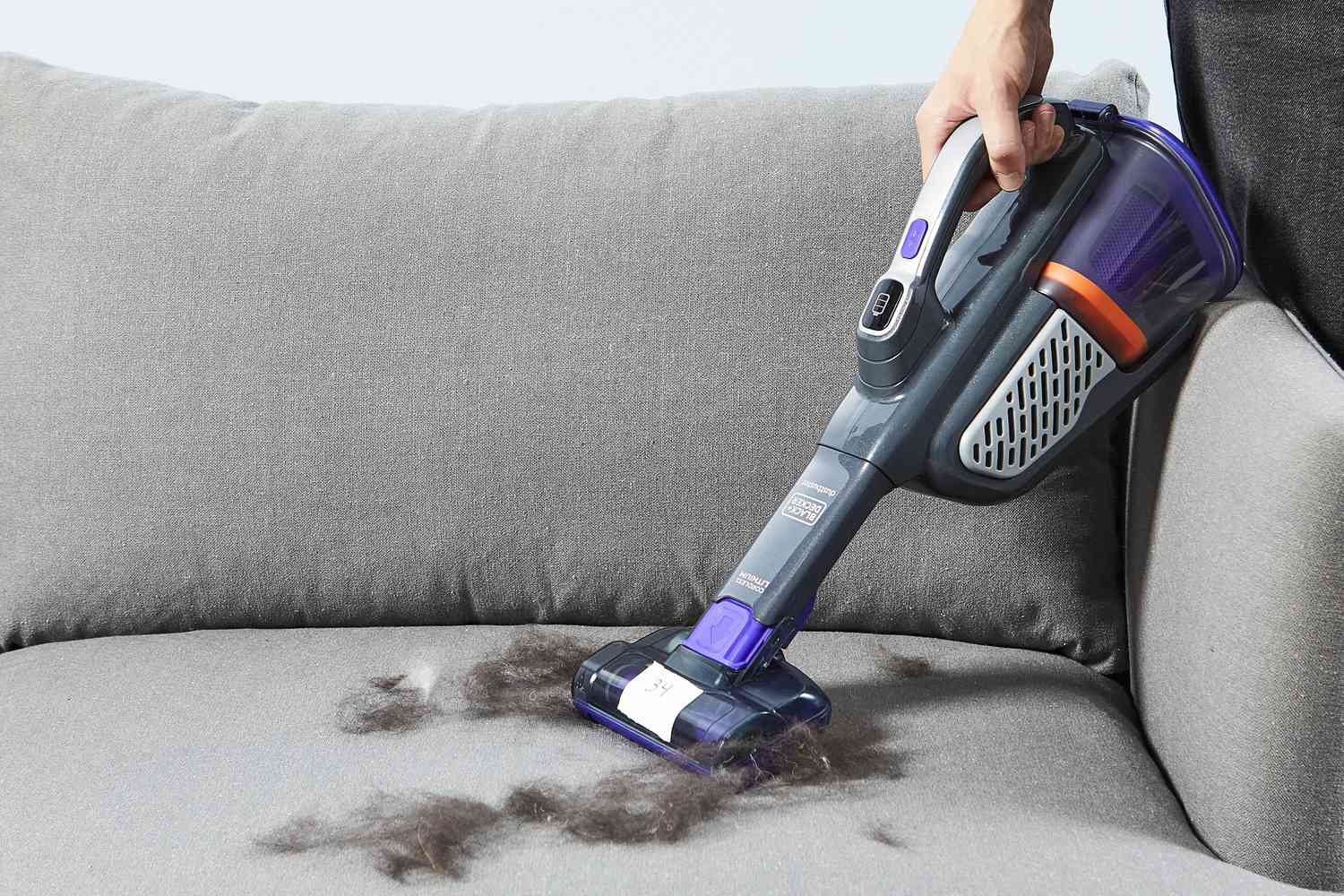

Cleaning Appliances
How Heavy Is A Vacuum Cleaner
Modified: January 9, 2024
Discover the weight of vacuum cleaners and find the perfect cleaning appliances for your needs. Explore our guide now!
(Many of the links in this article redirect to a specific reviewed product. Your purchase of these products through affiliate links helps to generate commission for Storables.com, at no extra cost. Learn more)
Introduction
When it comes to household cleaning, a reliable vacuum cleaner is an indispensable tool. However, have you ever considered the weight of your vacuum cleaner? The weight of a vacuum cleaner plays a crucial role in its usability, maneuverability, and overall cleaning experience. In this article, we will delve into the significance of vacuum cleaner weight, explore the factors that influence it, and provide valuable insights to help you make an informed decision when selecting a vacuum cleaner. Whether you are in the market for a new vacuum cleaner or seeking to understand the impact of weight on cleaning performance, this article will equip you with the knowledge to make the right choice. Let's embark on a journey to uncover the mysteries of vacuum cleaner weight and its implications for your cleaning routine.
Key Takeaways:
- Vacuum cleaner weight impacts usability, maneuverability, and cleaning performance. Lightweight models offer easy maneuverability, while heavyweight models excel in deep cleaning and powerful suction.
- Consider cleaning needs, user comfort, and maneuverability when choosing a vacuum cleaner. Test maneuverability in-store and seek user reviews for informed decisions.
Read more: How To Sell A Vacuum Cleaner
Understanding Vacuum Cleaner Weight
Understanding the weight of a vacuum cleaner goes beyond simply knowing how heavy or light it feels. The weight of a vacuum cleaner is a critical factor that can significantly impact its usability and effectiveness in cleaning various surfaces. The weight of a vacuum cleaner is typically measured in pounds or kilograms, and it reflects the overall mass of the appliance, including its components, such as the motor, dust canister or bag, attachments, and housing.
When considering the weight of a vacuum cleaner, it is essential to recognize that different types of vacuum cleaners, such as upright, canister, stick, and handheld models, vary in weight due to their design and intended use. For instance, upright vacuum cleaners are generally heavier than their canister or stick counterparts due to their larger size and integrated components.
Moreover, the weight of a vacuum cleaner can influence how easily it can be maneuvered around furniture, under low-clearance spaces, and up and down stairs. Heavier vacuum cleaners may pose challenges for individuals with mobility limitations or those who require a lightweight and agile cleaning solution.
Additionally, the weight of a vacuum cleaner can impact the amount of physical effort required to push, pull, or carry it during cleaning tasks. A lightweight vacuum cleaner may be more suitable for individuals who prefer effortless maneuverability and reduced strain on their wrists, arms, and back, especially when cleaning large areas or multiple rooms.
Understanding the implications of vacuum cleaner weight is essential for making an informed decision when selecting a new appliance. By considering the specific cleaning needs of your household and the physical demands of using a vacuum cleaner, you can determine the ideal weight range that aligns with your preferences and lifestyle.
Factors Affecting Vacuum Cleaner Weight
The weight of a vacuum cleaner is influenced by a multitude of factors, each of which contributes to the overall mass and maneuverability of the appliance. Understanding these factors is crucial for evaluating the weight of a vacuum cleaner and its suitability for different cleaning tasks and user preferences.
- Motor Power: The power and size of the motor significantly impact the weight of a vacuum cleaner. High-powered motors, commonly found in heavy-duty upright models, contribute to a heavier overall weight, while compact and lightweight motors are often featured in handheld or stick vacuum cleaners.
- Construction Materials: The materials used in the construction of a vacuum cleaner, including the housing, handle, and internal components, play a pivotal role in determining its weight. Robust and durable materials may add to the overall weight, while advanced lightweight materials can help reduce the appliance’s mass without compromising durability.
- Dust Collection System: The type of dust collection system, such as bagged or bagless, influences the weight of a vacuum cleaner. Bagged models may be heavier due to the inclusion of disposable bags, whereas bagless models utilize dust canisters that vary in weight based on their capacity and design.
- Attachments and Accessories: The presence of additional attachments, such as extension wands, crevice tools, and motorized brush heads, can contribute to the overall weight of a vacuum cleaner. Versatile models with a wide range of accessories may be slightly heavier due to the inclusion of these components.
- Battery Type (Cordless Models): In the case of cordless vacuum cleaners, the type and capacity of the battery significantly impact the overall weight of the appliance. High-capacity batteries may add to the weight, while advanced lithium-ion batteries offer a balance between power and reduced mass.
- Size and Design: The physical dimensions and design of a vacuum cleaner play a crucial role in determining its weight. Compact and slim models, such as stick and handheld vacuum cleaners, are generally lighter than larger upright or canister models due to their streamlined construction.
By considering these factors, consumers can gain a comprehensive understanding of the elements that contribute to vacuum cleaner weight. This knowledge empowers individuals to make informed decisions based on their specific cleaning requirements, physical capabilities, and preferences for maneuverability and ease of use.
Lightweight vs. Heavyweight Vacuum Cleaners
When exploring the world of vacuum cleaners, it’s essential to understand the distinctions between lightweight and heavyweight models, as each category offers unique advantages and considerations for consumers. The choice between a lightweight or heavyweight vacuum cleaner ultimately depends on individual cleaning needs, physical capabilities, and preferences for maneuverability and power.
Lightweight Vacuum Cleaners
Lightweight vacuum cleaners are prized for their ease of maneuverability, making them ideal for quick and effortless cleaning tasks. These models are typically compact, agile, and easy to carry, allowing users to navigate through tight spaces, maneuver around furniture, and effortlessly transport the appliance between different areas of the home. Lightweight vacuum cleaners are often preferred by individuals seeking a user-friendly cleaning solution that minimizes physical strain and effort.
Moreover, lightweight vacuum cleaners are well-suited for individuals with mobility limitations, seniors, and those who may struggle with heavier appliances. The reduced weight of these models enables users to maintain control and stability during cleaning, promoting a comfortable and accessible cleaning experience for a diverse range of users.
Read more: How To Empty A Vacuum Cleaner
Heavyweight Vacuum Cleaners
On the other hand, heavyweight vacuum cleaners are renowned for their robust suction power, deep cleaning capabilities, and comprehensive coverage of larger areas. These models often feature high-powered motors, advanced filtration systems, and substantial dust collection capacities, making them well-equipped for tackling demanding cleaning tasks and effectively removing embedded dirt, debris, and pet hair from carpets and upholstery.
While heavyweight vacuum cleaners may require more physical effort to maneuver and transport, they excel in delivering thorough and deep cleaning results, particularly in homes with extensive carpeting, high-traffic areas, or challenging cleaning conditions. The added weight of these models is often attributed to their durable construction, powerful components, and advanced cleaning technologies that contribute to exceptional cleaning performance.
Choosing the Right Fit
When deciding between lightweight and heavyweight vacuum cleaners, it’s essential to assess your specific cleaning requirements, household layout, and personal preferences. Individuals with smaller living spaces, minimal carpeting, or a focus on convenience and maneuverability may find lightweight vacuum cleaners to be the ideal fit, offering effortless cleaning without sacrificing performance.
Conversely, households with extensive carpeted areas, pets, or a need for deep cleaning and powerful suction may benefit from the capabilities of heavyweight vacuum cleaners, which are designed to tackle challenging cleaning tasks and deliver exceptional results.
Ultimately, the choice between lightweight and heavyweight vacuum cleaners hinges on striking a balance between maneuverability and cleaning power, ensuring that the selected model aligns with your unique cleaning needs and enhances your overall cleaning experience.
Importance of Vacuum Cleaner Weight
The weight of a vacuum cleaner holds significant importance in shaping the overall cleaning experience and user satisfaction. Understanding the implications of vacuum cleaner weight is essential for discerning the impact it has on cleaning performance, user comfort, and the ability to effectively address diverse cleaning challenges.
Usability and Maneuverability
The weight of a vacuum cleaner directly influences its usability and maneuverability during cleaning tasks. A lightweight vacuum cleaner offers enhanced maneuverability, allowing users to effortlessly navigate around furniture, reach under low-clearance spaces, and move between different areas of the home without experiencing fatigue or physical strain. This ease of maneuverability contributes to a more efficient and enjoyable cleaning experience, particularly in households with multiple rooms and diverse flooring types.
Conversely, heavyweight vacuum cleaners, while requiring more effort to maneuver, often deliver robust suction power and deep cleaning capabilities, making them well-suited for intensive cleaning tasks and challenging surfaces. The added weight of these models is balanced by their ability to effectively address embedded dirt, pet hair, and debris, providing thorough cleaning results in high-traffic areas and heavily soiled carpets.
Read more: How To Turn On A Vacuum Cleaner
User Comfort and Accessibility
The weight of a vacuum cleaner plays a pivotal role in ensuring user comfort and accessibility, especially for individuals with physical limitations, elderly users, or those seeking a user-friendly cleaning solution. Lightweight vacuum cleaners offer a comfortable and accessible cleaning experience, promoting ease of use and reducing the risk of strain or discomfort during cleaning sessions. This accessibility is particularly valuable for maintaining a consistent cleaning routine and upholding a clean and healthy living environment without undue physical exertion.
While heavyweight vacuum cleaners may require more physical effort to operate, their robust cleaning capabilities and comprehensive coverage make them indispensable for households with specific cleaning needs, such as deep cleaning carpets, managing pet hair, or addressing persistent allergens and pollutants. The weight of these models is balanced by their ability to deliver exceptional cleaning performance and maintain a high standard of cleanliness throughout the home.
Customized Cleaning Solutions
Recognizing the importance of vacuum cleaner weight allows consumers to tailor their cleaning solutions to align with their unique preferences and household requirements. By understanding the implications of lightweight and heavyweight models, individuals can select a vacuum cleaner that best suits their cleaning needs, lifestyle, and physical capabilities, ensuring a personalized and effective approach to maintaining a clean and inviting living space.
Ultimately, the importance of vacuum cleaner weight lies in its ability to shape the cleaning experience, offer customized cleaning solutions, and accommodate diverse user preferences and physical capabilities. Whether prioritizing maneuverability, powerful suction, or user comfort, the weight of a vacuum cleaner serves as a key determinant in selecting the ideal appliance to meet specific cleaning challenges and enhance the overall cleanliness of the home.
Tips for Choosing the Right Weight Vacuum Cleaner
When selecting a vacuum cleaner, considering the weight of the appliance is crucial for ensuring that it aligns with your cleaning preferences, physical capabilities, and household requirements. By following these tips, you can make an informed decision and choose a vacuum cleaner that offers the ideal balance of usability, maneuverability, and cleaning performance.
Evaluate Your Cleaning Needs
Begin by assessing your specific cleaning needs and the surfaces you will be cleaning. If you have predominantly hard flooring, such as hardwood, tile, or laminate, a lightweight vacuum cleaner may be well-suited for effortless maneuverability and quick cleaning sessions. Conversely, homes with extensive carpeting or area rugs may benefit from the powerful suction and deep cleaning capabilities of a slightly heavier vacuum cleaner.
Read more: How To Use A Vacuum Cleaner
Consider User Comfort
Take into account the physical comfort and capabilities of the primary users who will be operating the vacuum cleaner. For individuals who prioritize ease of use and reduced physical strain, a lightweight model may be the ideal choice. Conversely, users seeking powerful cleaning performance and comprehensive coverage may opt for a slightly heavier vacuum cleaner to address specific cleaning challenges effectively.
Assess Maneuverability
Examine the layout of your home and the potential challenges for maneuvering a vacuum cleaner. If you have multiple levels, tight spaces, or furniture that requires frequent cleaning around, a lightweight and agile vacuum cleaner can offer enhanced maneuverability and accessibility. Conversely, if deep cleaning and comprehensive coverage are top priorities, a heavier model with advanced cleaning features may be suitable for addressing these demands.
Explore Versatile Attachments
Look for vacuum cleaners that offer versatile attachments and accessories to enhance their cleaning capabilities. Lightweight models with a range of attachments can provide flexibility and targeted cleaning solutions for various surfaces and cleaning tasks. Conversely, heavier vacuum cleaners with specialized attachments may offer comprehensive cleaning options for specific challenges, such as pet hair removal or deep carpet cleaning.
Test Maneuverability in Store
If possible, visit a store to test the maneuverability of different vacuum cleaner models. This hands-on approach allows you to assess how the weight of the vacuum cleaner feels during operation, providing valuable insight into its usability, comfort, and maneuverability. By physically testing the appliances, you can make a more informed decision based on your firsthand experience.
Read more: How To Draw A Vacuum Cleaner
Seek User Reviews and Recommendations
Research user reviews and seek recommendations from friends or family members who have experience with different vacuum cleaner models. Real-world insights and feedback can offer valuable perspectives on how the weight of a vacuum cleaner influences its performance, user satisfaction, and long-term usability in a home environment.
By considering these tips, you can navigate the process of choosing the right weight vacuum cleaner with confidence, ensuring that the selected appliance aligns with your cleaning preferences, physical comfort, and household cleaning requirements. Whether prioritizing maneuverability, powerful suction, or comprehensive cleaning capabilities, the weight of the vacuum cleaner plays a pivotal role in delivering a satisfying and effective cleaning experience.
Conclusion
Exploring the significance of vacuum cleaner weight unveils its profound impact on the cleaning experience, user comfort, and the ability to address diverse cleaning challenges. The weight of a vacuum cleaner is not merely a numerical attribute but a crucial determinant that shapes the appliance’s usability, maneuverability, and cleaning performance.
Understanding the distinctions between lightweight and heavyweight vacuum cleaners enables consumers to make informed decisions based on their specific cleaning needs, physical capabilities, and preferences for maneuverability and power. Lightweight vacuum cleaners offer effortless maneuverability, accessibility, and user comfort, making them ideal for quick and agile cleaning sessions, while heavyweight models excel in delivering robust suction power, deep cleaning capabilities, and comprehensive coverage of challenging surfaces.
By recognizing the importance of vacuum cleaner weight, individuals can tailor their cleaning solutions to align with their unique preferences and household requirements. Whether prioritizing maneuverability, powerful suction, or user comfort, the weight of a vacuum cleaner serves as a key determinant in selecting the ideal appliance to meet specific cleaning challenges and enhance the overall cleanliness of the home.
When choosing a vacuum cleaner, evaluating cleaning needs, considering user comfort, assessing maneuverability, exploring versatile attachments, testing maneuverability in-store, and seeking user reviews and recommendations are valuable steps to guide the decision-making process. These considerations empower consumers to select a vacuum cleaner that offers the ideal balance of usability, maneuverability, and cleaning performance, ensuring a personalized and effective approach to maintaining a clean and inviting living space.
Ultimately, the weight of a vacuum cleaner transcends its numerical value, shaping the cleaning experience and offering customized cleaning solutions that cater to diverse user preferences and household cleaning requirements. By embracing the significance of vacuum cleaner weight, consumers can make informed choices that elevate their cleaning routines and contribute to a healthier and more comfortable living environment.
Frequently Asked Questions about How Heavy Is A Vacuum Cleaner
Was this page helpful?
At Storables.com, we guarantee accurate and reliable information. Our content, validated by Expert Board Contributors, is crafted following stringent Editorial Policies. We're committed to providing you with well-researched, expert-backed insights for all your informational needs.
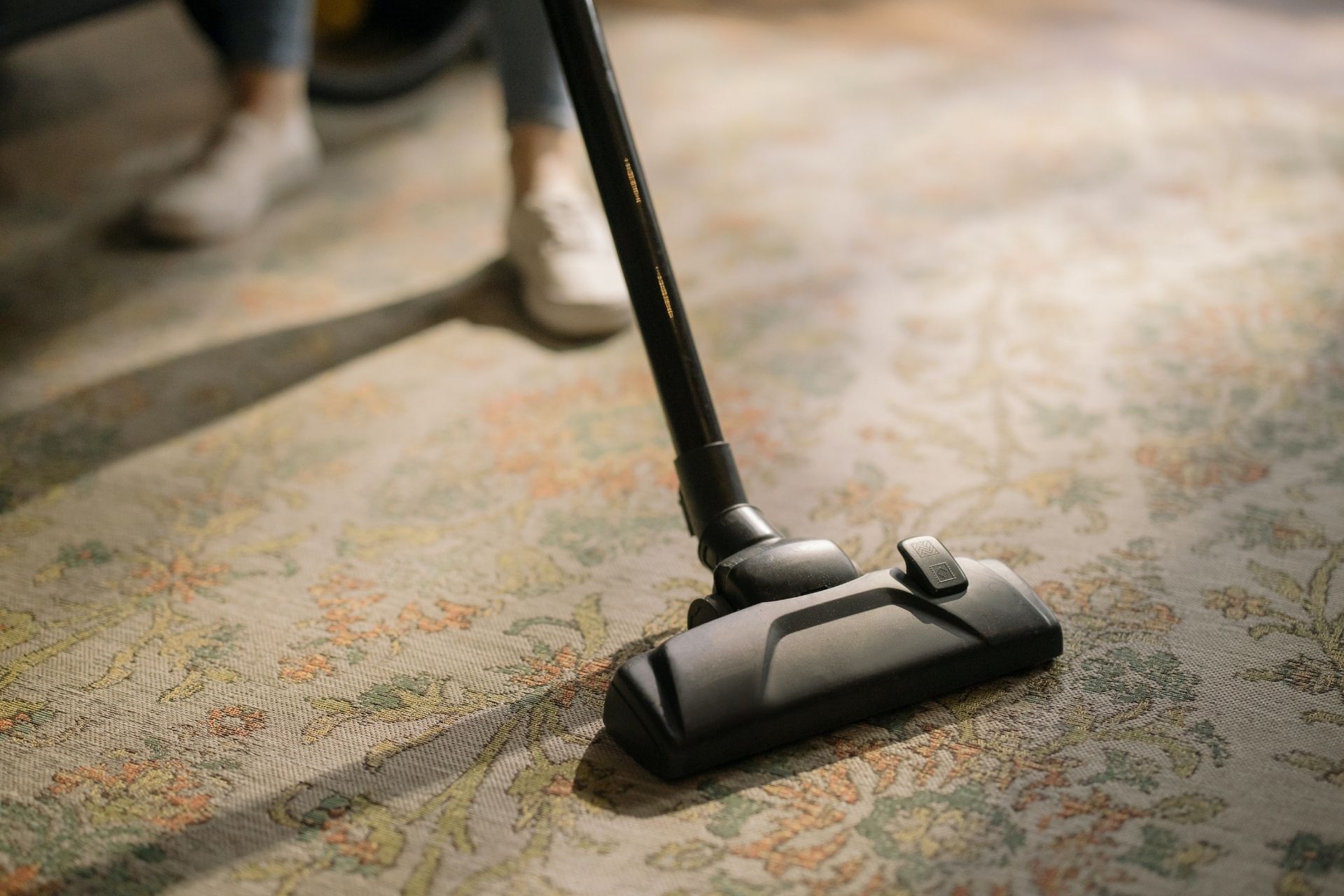
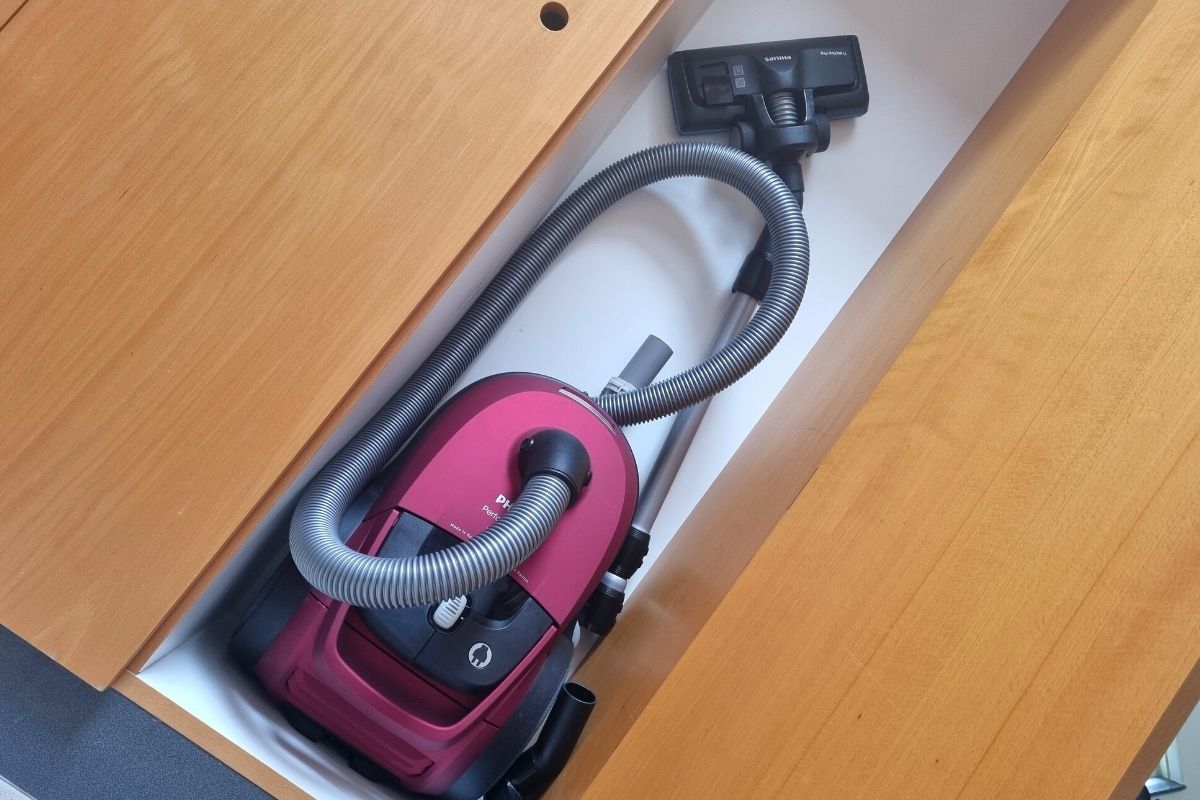
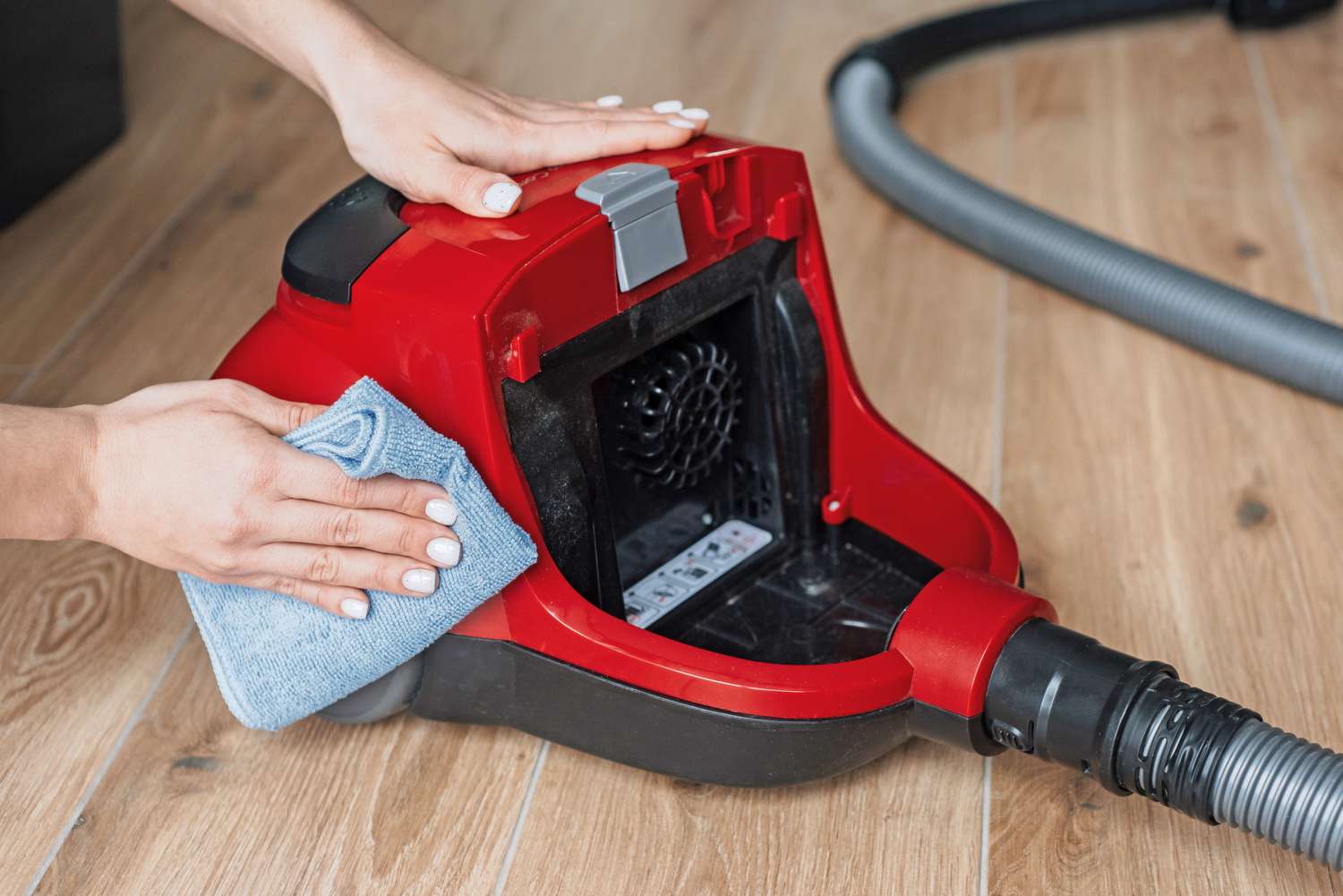
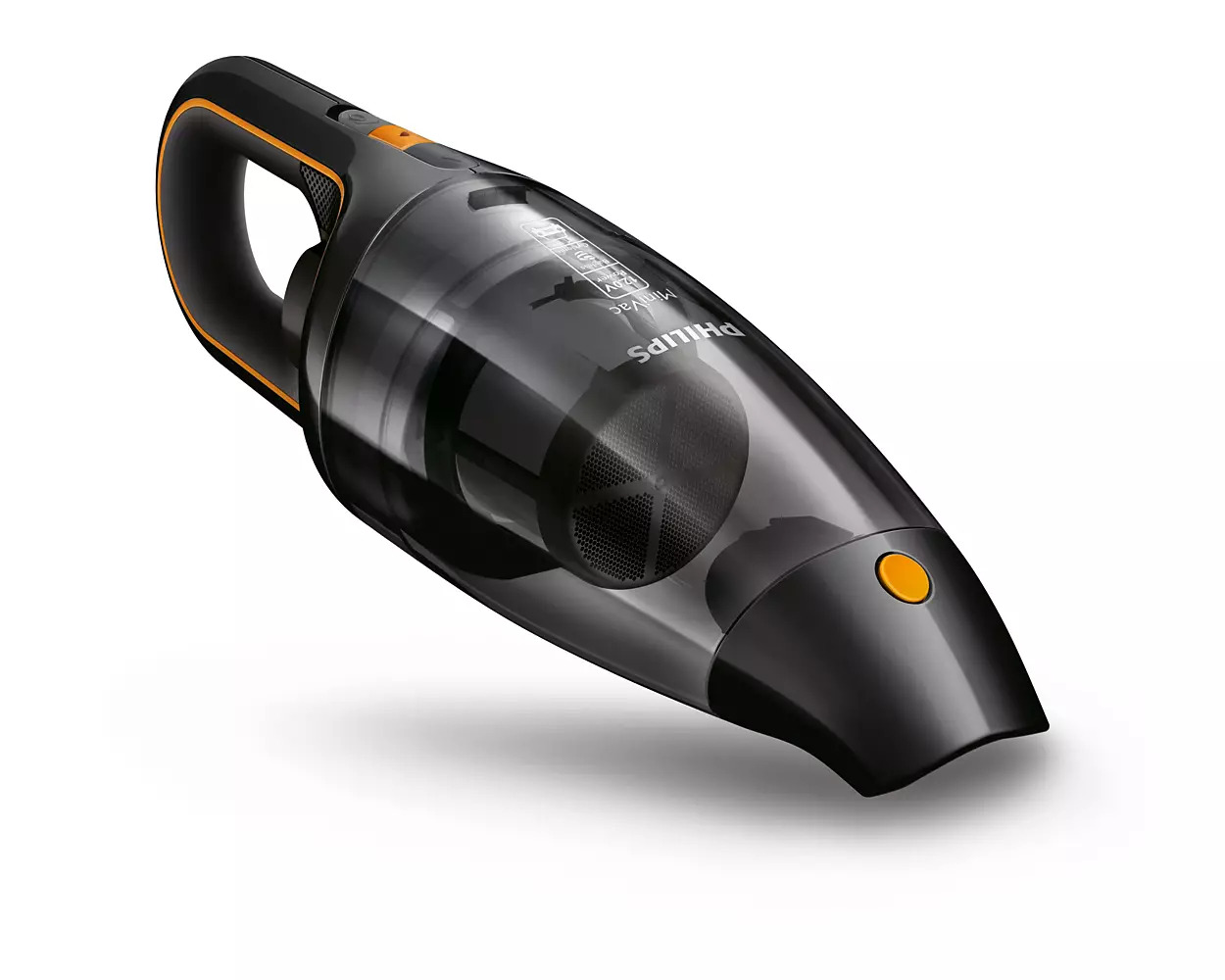

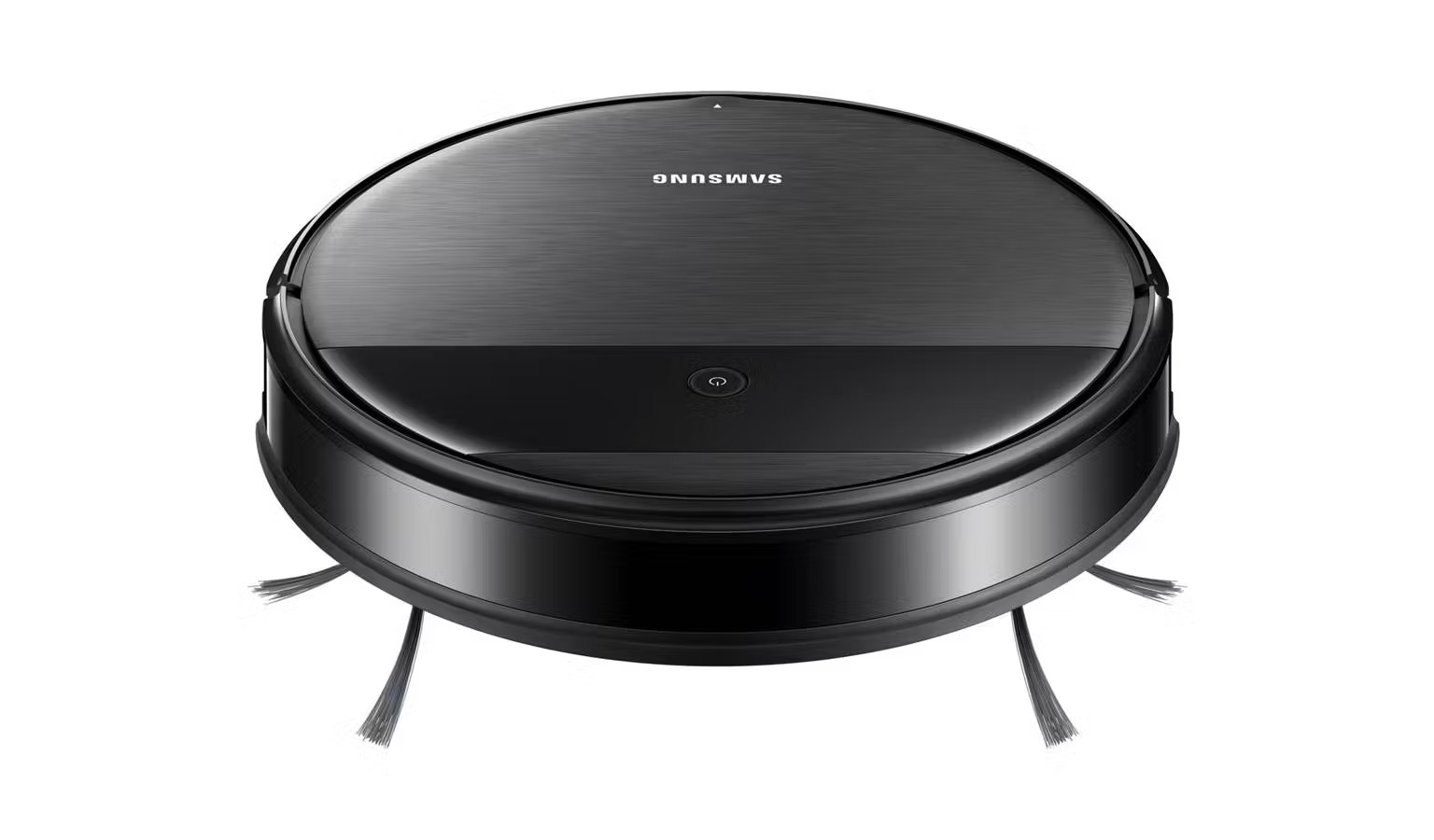
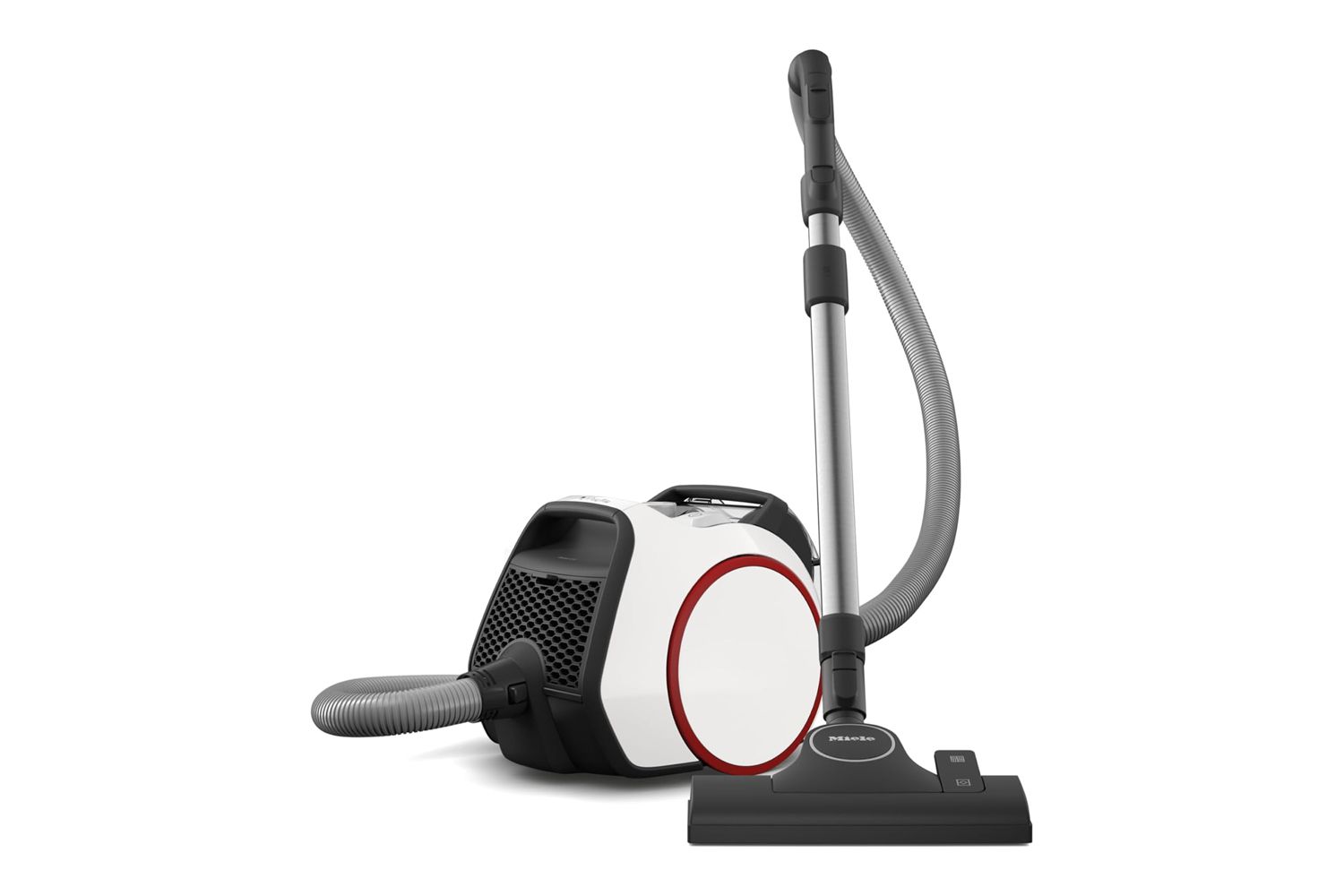
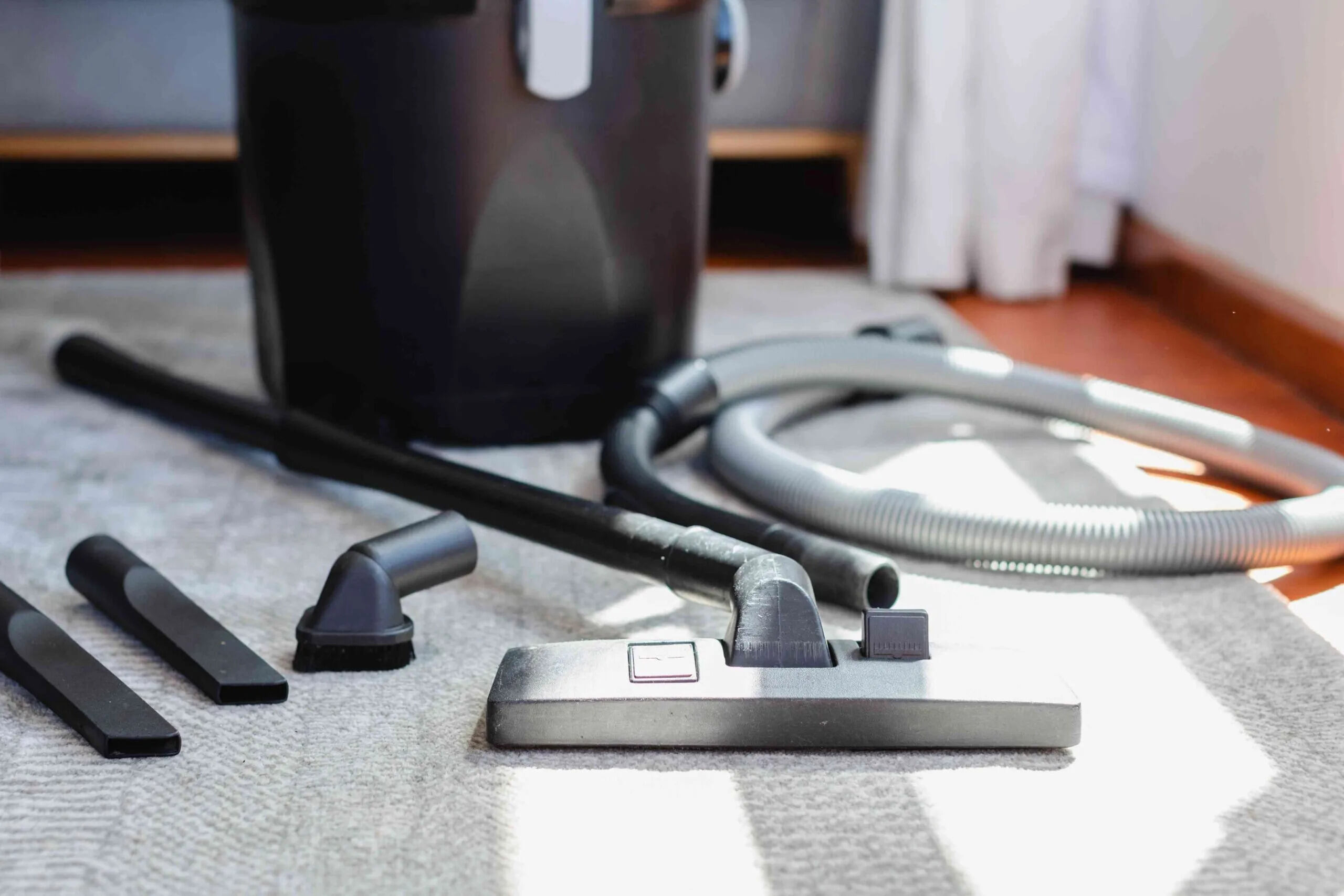
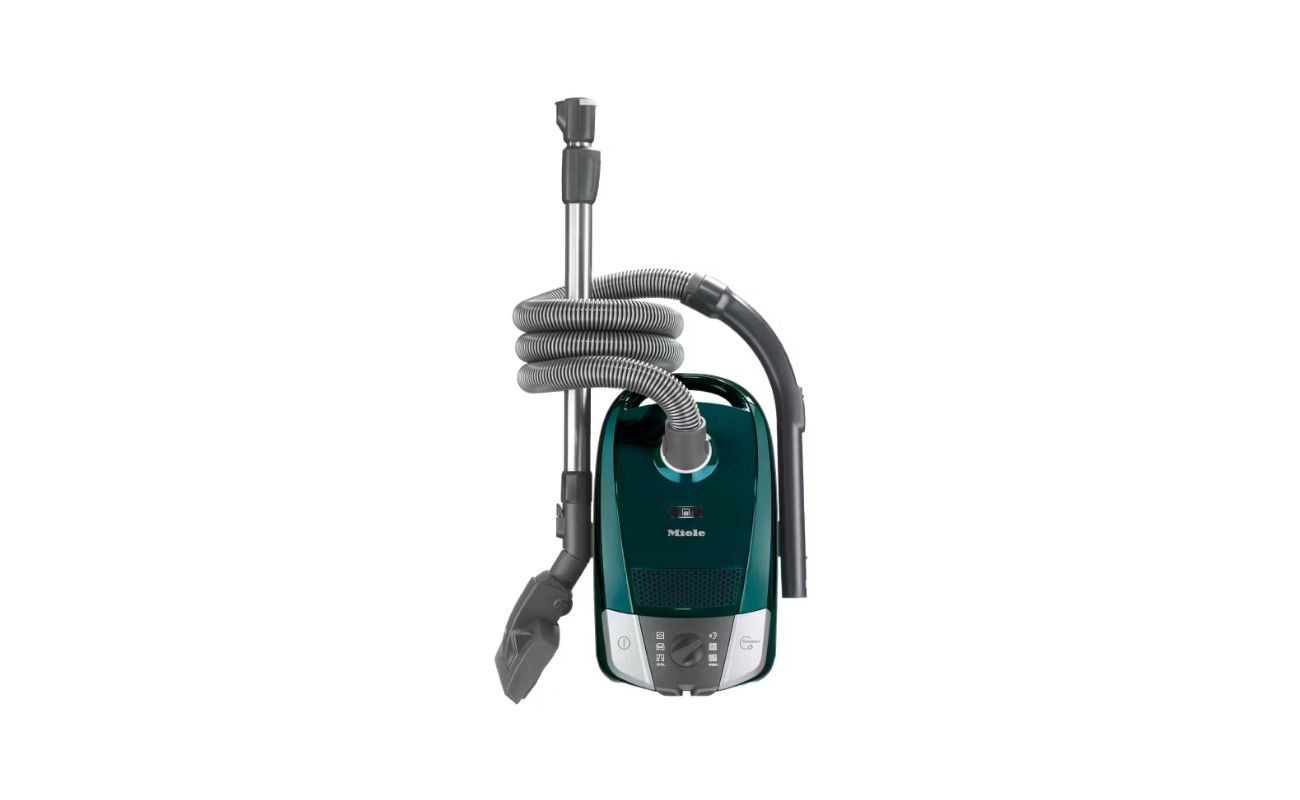

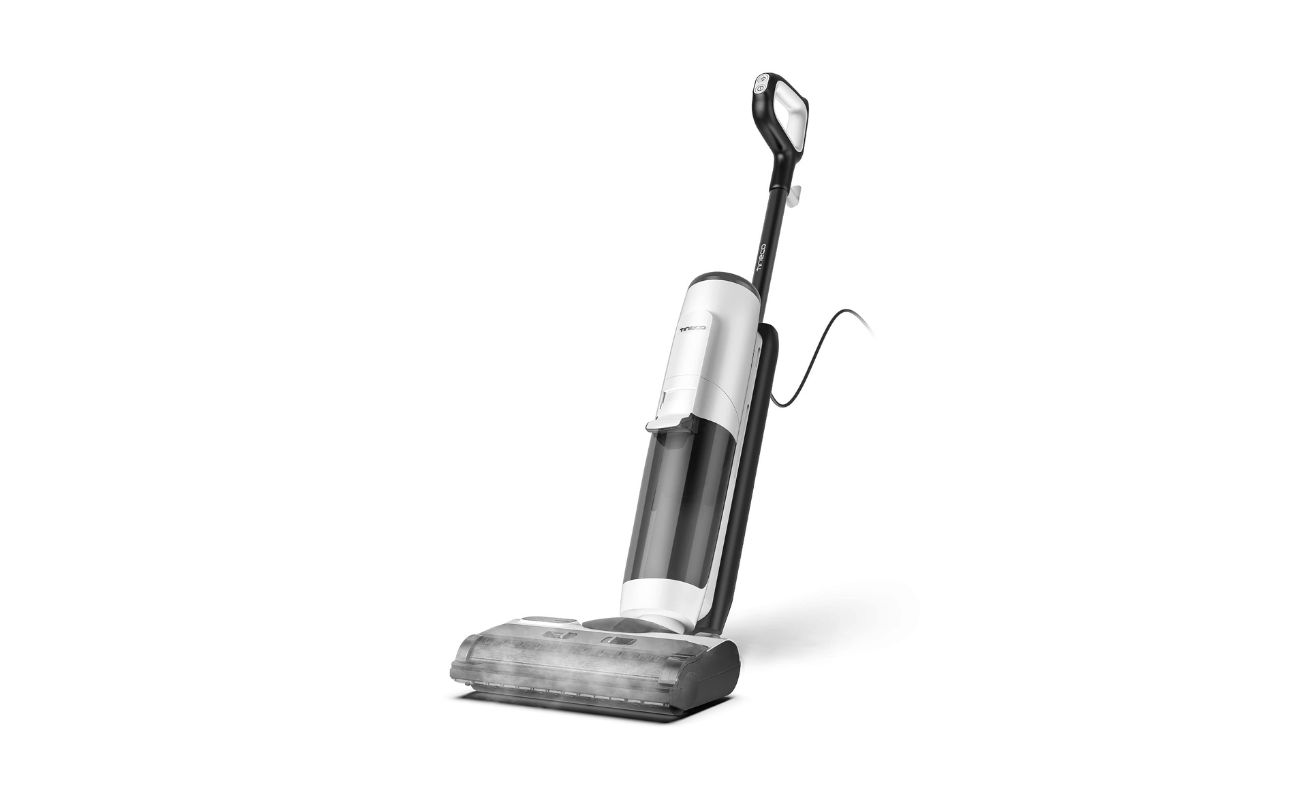

0 thoughts on “How Heavy Is A Vacuum Cleaner”